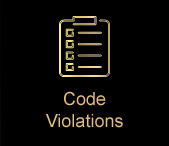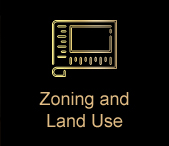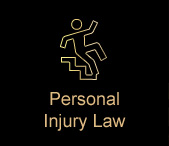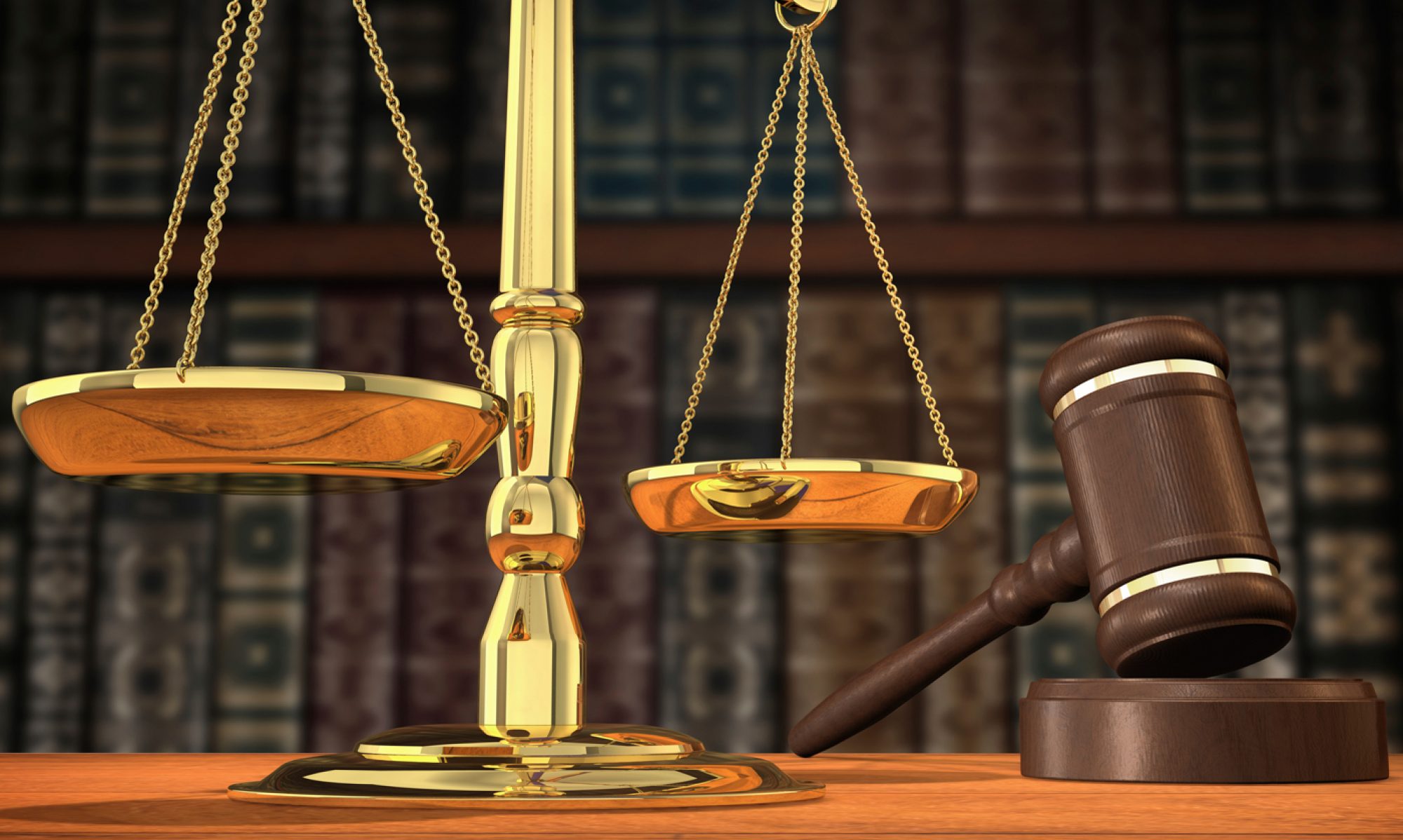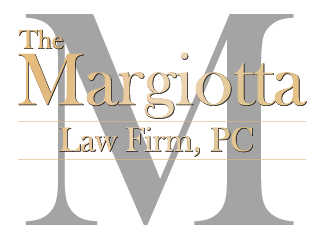Personal injury accidents often involve the negligence, carelessness, or recklessness of others, and include the following types of injuries — traumatic brain injuries, reflex sympathetic dystrophy, complex regional pain syndrome, head injuries, burns, broken bones, dislocations, fractures, neck injuries, back injuries, shoulder injuries, knee injuries, nerve injuries, paralysis, paraplegia, quadriplegia, and spinal cord injuries.
Personal injury actions are designed to compensate victims for intentional and negligent actions of others. The law seeks to compensate victims and their families for pain and suffering, lost earnings, loss of consortium, and at times award punitive damages in the event of gross negligence.
Common personal injury claims include those arising from motor vehicle accidents, slip and falls and construction accidents, including falls from scaffolds and buildings. However, they may also include those arising out of assaults and batteries, even sexual assaults and murders, or when victims are injured on the premises of others. Injuries suffered on another’s property – whether it is at a home, store, office, or commercial building – are often the result of negligent maintenance or even complete disregard for the safety of others. If you or a family member has been injured in a slip-and-fall or other accident away from your home you may have a premises liability claim.
Auto Accidents
If you or someone else has been injured in an auto accident, or if there is significant property damage, because of the negligence of another individual, you owe it to yourself to get the best personal injury attorney possible. An attorney can assist you in filing a No-Fault insurance claim, evaluate your liability and help you decide whether a lawsuit should be filed on your behalf to compensate you for your injuries, pain and suffering, medical expenses and economic losses, including loss wages and property damage.
Here are ten steps to take if you are in an auto accident.
- Try to remain calm and thoughtful.
- If you are injured, stay in your car – unless it’s dangerous to do so.
- Wait for the police and medical help.
- Inform the police about the accident for the official report.
- Record all witnesses’ names, addresses and phone numbers.
- Confirm whether you were wearing a seat belt.
- If you are injured, insist on being transported to a hospital in an ambulance.
- In all instances, obtain medical treatment immediately. Tell medical personnel about everything that you feel may be physically wrong, even if it feels minor at the time.
- Refrain from taking legal referrals at hospitals, emergency personnel, etc.
- Do not talk to insurance reps until you contact an attorney.
If you have any questions or if you have been involved in an accident, please contact our office.
Workplace Injuries
An injury in the workplace can have devastating effects on your life. The medical bills can be overwhelming. Your income is reduced to benefits. Our attorneys will seek financial compensation from your employer and its insurance carrier. More often than not, we can negotiate satisfactory, even generous, settlements.
Construction Accidents
Accidents commonly occur at construction sites, factories, and in other industrial settings. Examples of construction site hazards that result in death or serious and permanent injuries include:
- Falls from scaffolding, cranes and ladders
- Elevator, stairway accidents and forklift injuries.
- Carbon monoxide, radiation and toxic chemical exposure.
- Flammable, combustible materials, fires, and explosions.
- Electrocution and burn injuries.
- Defective machinery and tools.
- Falling items from scaffolding, cranes, and ladders.
New York labor laws protect workers injured on a construction job site. Third parties, including property owners, general contractors, subcontractors, architects, and manufacturers may be liable for an injury or death when an accident occurs on the job. The law makes the general contractor and property owner responsible for site safety. Worker negligence is not a defense to liability and labor laws give the injured worker a separate and distinct cause of action apart from his or her workers’ compensation claim.

